Current advancements in driver assistance technology are shifting from a modular approach to an end-to-end paradigm. Traditional solutions rely on high-definition maps and FP16-level computing power, primarily supporting high-speed scenarios. The segmented end-to-end solutions are transitioning to lightweight mapping, often requiring Level E or higher computing power and bandwidth of over 800G for urban navigation. In contrast, large model end-to-end solutions demand computing power of 10E or more and bandwidth exceeding 3.2T to enable comprehensive navigation and proactive interaction using FP8/FP16 mixed precision calculations. During this technological iteration, the mapping format has evolved from full-featured HD Maps to lightweight SD Maps, reducing data volume by over 90%. However, three core challenges—insufficient algorithm intelligence, cloud computing cost constraints, and delayed map updates—continue to limit the widespread adoption of these technologies. On July 22, 2025, Wang Zezhong, Director of Automotive Solutions at Tencent, highlighted these issues at the 8th Advanced Driver Assistance Conference. He noted that the industry faces numerous challenges amid rapid iterations in assistance technology, including algorithm intelligence deficits, cloud computing constraints, limitations in AI algorithms, and outdated map data. Tencent, as a technology enterprise, is empowering the autonomous driving ecosystem through cloud services, mapping data, and AI capabilities, helping automakers reduce costs and improve efficiency. Tencent is leveraging its vast data ecosystem and integrated cloud mapping services to facilitate the transition of driver assistance from a modular to an end-to-end model, creating a sustainable innovation engine for the industry. In his speech, Wang summarized the evolution route of driver assistance business and industry challenges. The technology is undergoing a transformation from traditional perception modularization to end-to-end large models, accompanied by significant challenges. The traditional phase relied on small network computing power, primarily used for highway and urban rapid assistance, needing high-definition map data support. Current segmented end-to-end solutions require Level E computing power or greater network bandwidth, suitable for urban NOA scenarios, utilizing lightweight map data. In the future, large model one-piece end-to-end solutions will require 10E computing power to support comprehensive navigation and proactive interaction, relying on algorithm-defined lightweight maps. Currently, algorithm intelligence is inadequate, and perception and regulatory control algorithms still have room for improvement. There is also a need to popularize national NOA amid computing pressure, limitations of AI algorithms, and conflicts between rapid feature expansion and delayed map data updates. In terms of algorithm intelligence, the algorithms have not yet fully matched human levels, leading to inadequate cockpit navigation map information for autonomous driving experiences. Therefore, autonomous driving requires dedicated vehicle maps instead of human navigation maps. Regarding cloud computing power and AI algorithms, with the push for equality in intelligent driving, vehicles priced around 100,000 yuan also need to feature a national NOA function. This must be achieved while utilizing as little domain control chip computing power as possible to establish real-time complete vector maps amid insufficient effective perception. In map data, rapid feature expansion makes it difficult for map providers to keep pace, thus utilizing data returned by automakers has become an urgent issue for the industry. Map data is the cornerstone of driver assistance. Tencent provides full lifecycle support through its intelligent driving cloud mapping product matrix. During the development phase, Tencent offers compliant cloud and data compliance solutions, based on high-definition, point cloud, HD Air/SD training data, combined with data collection and annotation services. In the mass production phase, it covers HD Air/SD/HD data products, lane-level guidance services, and vehicle-end data engines. The operational phase focuses on data return compliance, map integration, and data mining, such as lane-level event and behavior analysis. Tencent's mapping advantage lies in its vast data coverage: over 1 billion user location calls daily, 11 million+ kilometers of road coverage (95% of China), and 26 million+ daily active vehicles, ensuring daily updates of road network elements. The online data service for autonomous driving provides 5D+HA road networks, supporting vehicle-end mapping and beyond-visual-range maps, encompassing full road network SD attributes and lightweight map HD lane-level information, with small data volumes yet rich information, supporting daily updates and flexible expansions. Insufficient cloud computing power presents a bottleneck for the scaling of driver assistance. Tencent advocates a dedicated intelligent driving cloud zone concept. It has established four intelligent driving cloud zones, supporting efficient cross-regional transmission, disaster recovery, and elastic expansion, ensuring data compliance and efficiency throughout the process. Deployment modes include public cloud, private cloud, and distributed cloud integration to meet automakers' diverse needs. For example, the AI infrastructure model built for automakers integrates cloud services, mass production data return, and annotation algorithms to accelerate research and development. Tencent's cloud cases show that comprehensive cost reduction plans significantly lower operational costs for automakers, such as improving computing resource utilization by over 30%. The integrated cloud mapping services through one-stop training acceleration help close the data loop, addressing the rapid expansion of functions amid data lag, ensuring that assisted driving maintains a balance of cost and performance at the 100,000 yuan vehicle level. AI algorithm intelligence remains a bottleneck for the driver assistance experience. Tencent is upgrading algorithms by combining cloud mapping capabilities. Amid a lack of effective perception, there is still room for improvement in perception and regulatory control algorithms to realize national NOA. Tencent offers perception computing power enhancement solutions, integrating traditional small models, segmented large models, and event models while optimizing algorithms using map data. The integrated cloud mapping builds a closed-loop data service system: through vehicle-end data return (such as road collection data), cloud processing (automatic feature extraction and quality control), and algorithm matching (laser fusion positioning), creating an integrated research and development link. For instance, AI large models drive the co-construction of environmental experience layers, such as speed suggestions for bumpy roads and information on dangerous road segments, enhancing decision-making efficiency in driver assistance. Tencent's share of new energy NOA maps has reached 49.01%, leading the industry and validating the effectiveness of its solutions. In deployment modes, Tencent adopts a 'one cloud, multiple forms' approach to provide automotive companies with the most suitable AI infrastructure, including distributed cloud, proprietary cloud, and private cloud, balancing security compliance and open compatibility, ensuring complete autonomy and control over both software and hardware while keeping them open. Its intelligent driving cloud zone has also built a global automotive storage and computing network, supporting advanced technologies such as Serverless GPU resource elastic scheduling, providing efficient data services and computing support for autonomous driving research and development. Tencent has constructed a data closed-loop link connecting vehicles and cloud, significantly enhancing intelligent driving research and development efficiency. In data collection and return stages, road collection data includes sensor data and vehicle-end module data, ensuring real-time and complete data. The cloud's data processing involves parsing, cleaning, and leveraging AI annotation engines for automated annotation in 4D spatiotemporal dimensions, combined with manual quality checks, significantly improving annotation efficiency, achieving up to 16 times improvement and 22.6 times cost reduction. Through AI retrieval engines, it can realize millisecond-level retrieval of millions of samples, quickly building long-tail scenario libraries, providing rich sample data for model training. In model training and deployment, after simulation evaluations and model training adjustments, mass production model deployment and OTA upgrades are achieved, ensuring that driver assistance models continue to iterate and optimize. This closed-loop link covers the entire lifecycle from data generation to model application, providing one-stop training acceleration through the integration of cloud and mapping, enhancing intelligent driving research and development efficiency and accumulating rich experience from servicing millions of mass-produced vehicles while offering compliant privacy de-identification SDK services to vehicle ends. Looking ahead, as large-scale intelligent driving coverage becomes a necessity, it is driving algorithm upgrades and map transformations. Tencent will continue to focus on core capabilities in cloud, mapping, and AI, collaborating with industry peers. In the future, driver assistance technology will develop towards higher precision and greater intelligence, demanding real-time and rich mapping data. Tencent's intelligent driving cloud mapping will continue to optimize multi-layer data forms, achieving flexible release and rapid updates of map elements to meet diverse scene requirements for driver assistance. In terms of computing power and algorithms, as AI technology continues to progress, Tencent will further enhance the performance of AI annotation, retrieval, and other engines to lower research and development costs and improve model training efficiency, assisting the industry in overcoming technological bottlenecks. In the face of industry challenges, Tencent will deepen collaboration with automakers, algorithm companies, and other partners to explore key issues such as compliant data utilization and efficient scheduling of computing power, promoting the popularization and development of driver assistance technology, ensuring that safer and more convenient driver assistance experiences benefit more users as we collectively move towards a promising future in autonomous driving.
Transformations in Advanced Driver Assistance Technology: Tencent's Insights
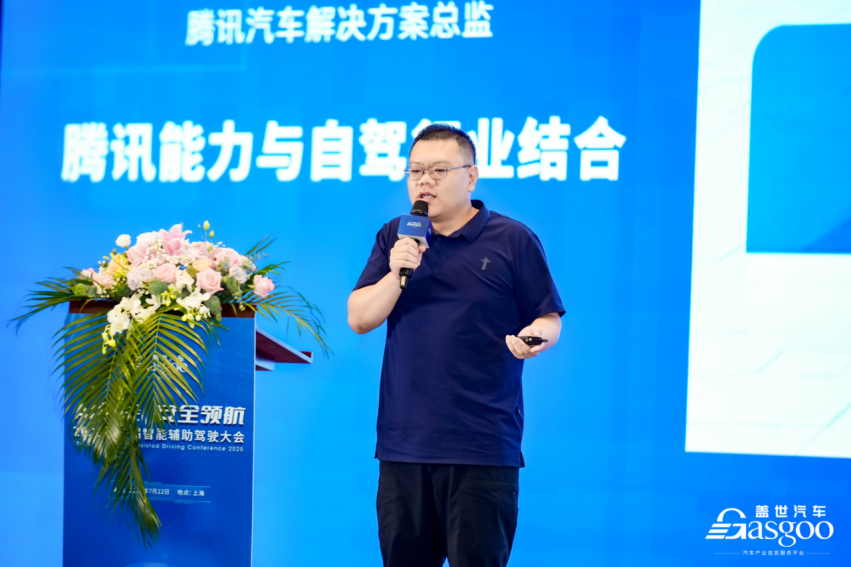
Images
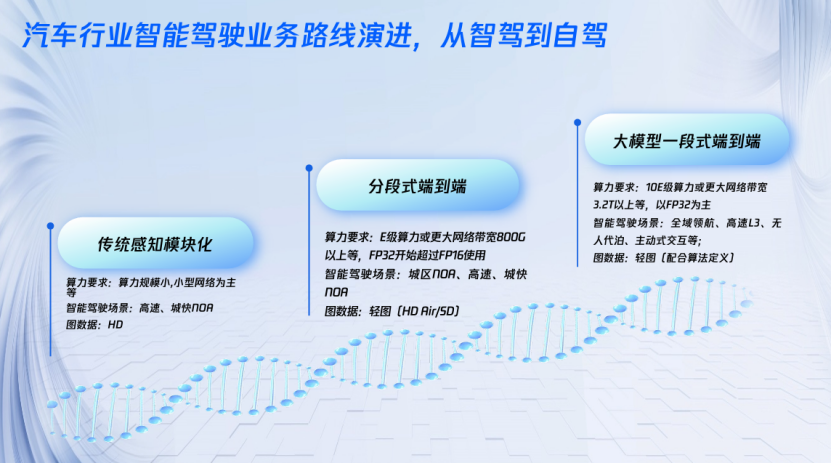
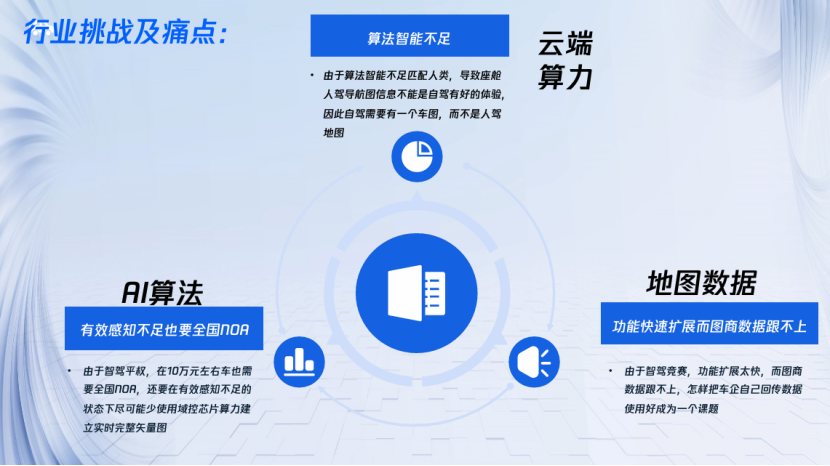
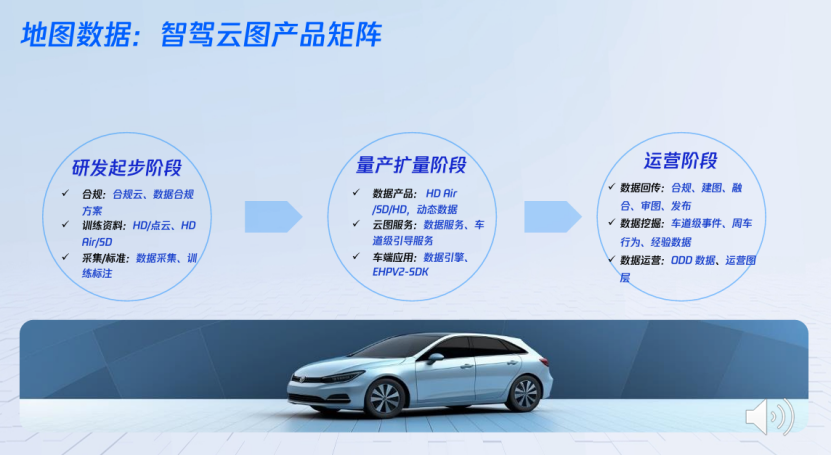
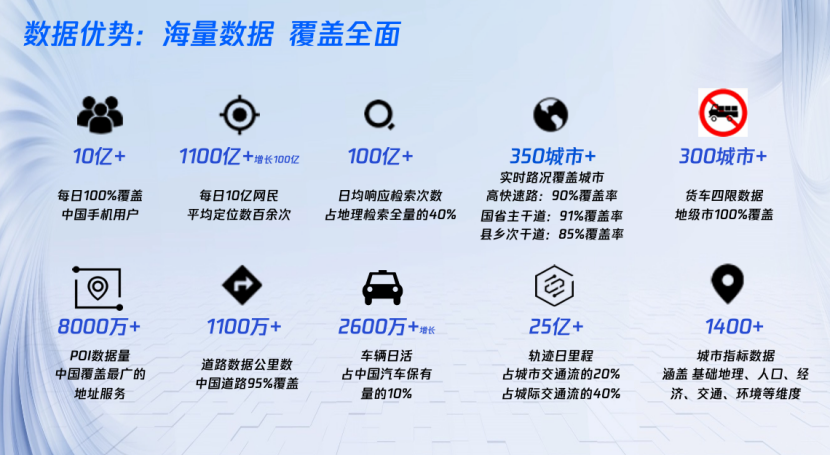
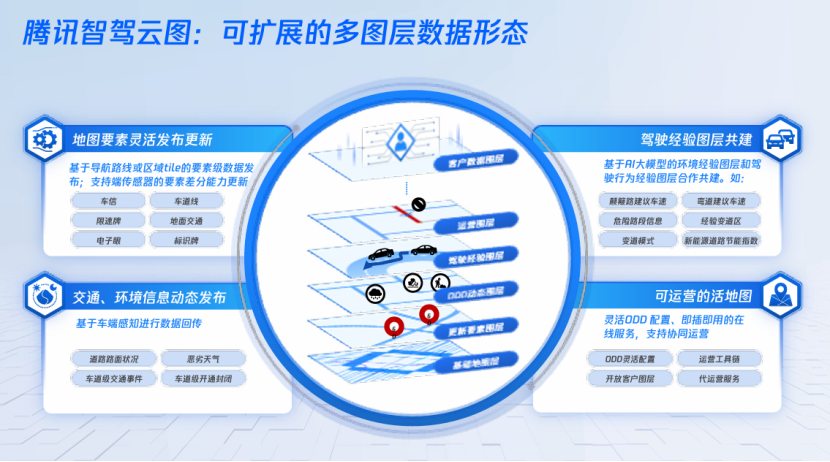

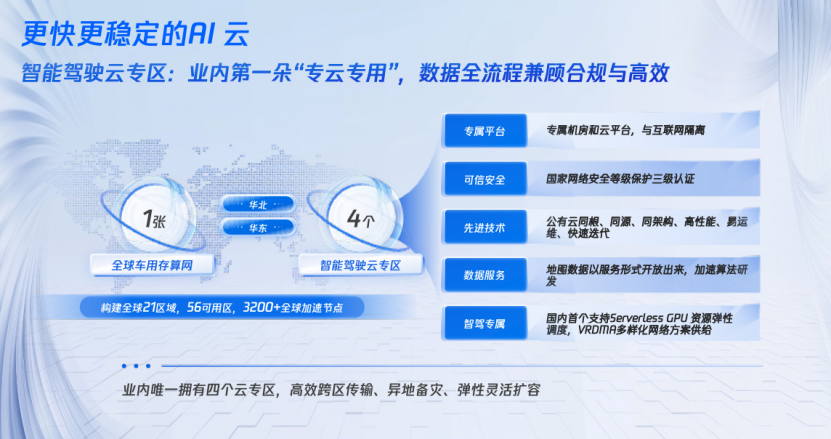
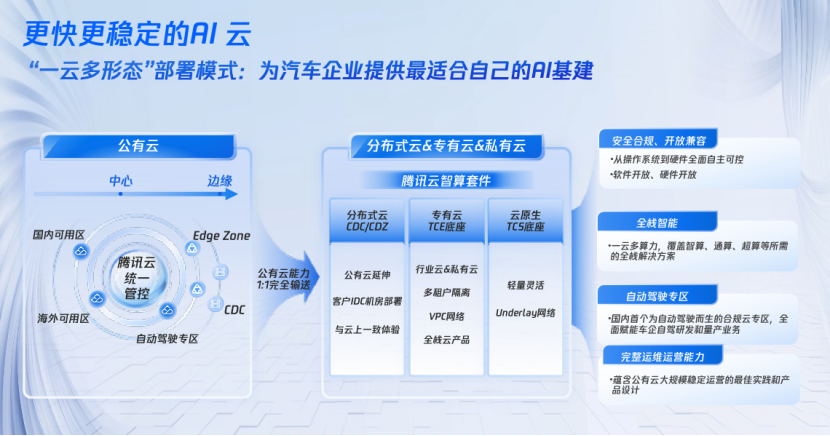
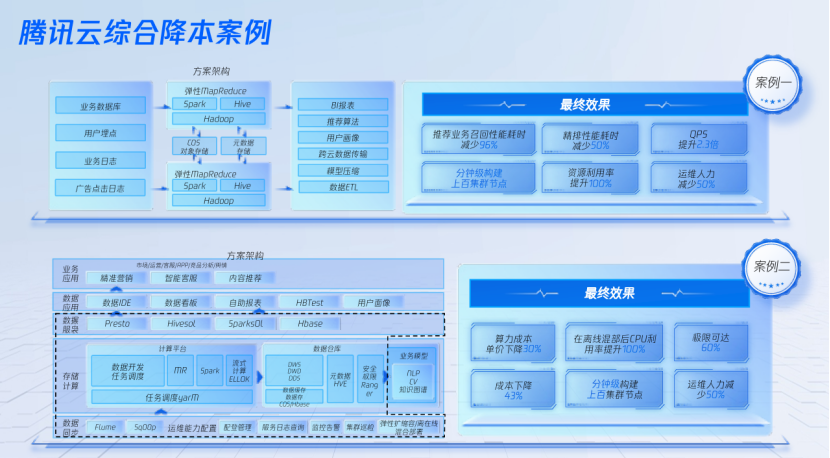
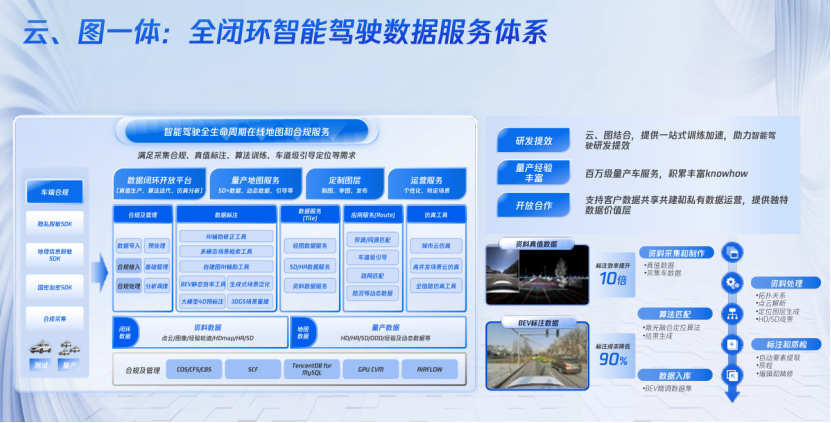
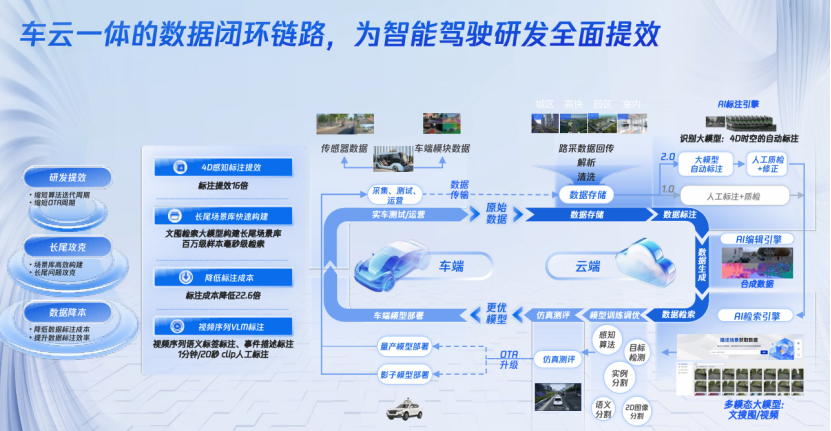
Share this post on: